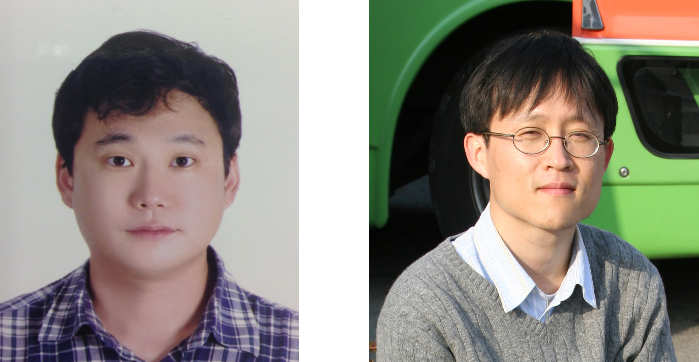Media Center
A multimedia mosaic of moments at GIST
GIST Excellence
Korean researchers have developed the method which can generate highly-charged laser-powered particle beams for the first time in the world.
- 김슬혜
- REG_DATE : 2013.11.08
- HIT : 1037
Korean researchers have developed the method which can generate highly-charged laser-powered particle beams for the first time in the world. - Researchers from APRI of GIST are the main contributors to this achievement without any collaboration with foreign institutes and researchers. - With this method, electron protons can be accelerated to several GeV at a small laboratory; which means this method will be very useful for small-sized particle accelerators and cancer treatment. ※ Two papers concerning this achievement were published in Physical Review Letters, a physics journal. □ Korean researchers including those from GIST have developed a technology which enables the acceleration of charged particles (electron-protons) at from tens of MeV to several GeV in a small laboratory by using femtosecond laser pulses. This technology will be useful for development of small-sized particle accelerators, proton treatment of cancers, and development of medical imaging technology. ❍ This research was conducted by researchers at Advanced Photonics Research Institute (APRI, Director, Lee Yong-tak) of Gwangju Institute of Science and Technology (GIST, President ž Young Joon Kim). Two papers on this research were published in Physical Review Letters, an internationally read physics journal, 18 October 2013 Volume 111, Issue 16. * About paper 1 Title: Enhancement of Electron Energy to the Multi-GeV Regime by a Dual-Stage Laser-Wakefield Accelerator Pumped by Petawatt Laser Pulses Lead Author: Dr. Kim Hyung-taek at APRI Corresponding Author: Dr. Jung Tae-moon at APRI * About paper 2 Title: Transition of Proton Energy Scaling Using an Ultrathin Target Irradiated by Linearly Polarized Femtosecond Laser Pulses Lead Author: Dr. Kim I-jong at APRI Corresponding Author: Dr. Jung Tae-moon at APRI ❍ Paper 1 was selected as “Editor’s Suggestion”. Editors of Physical Review Letters select about 10% of the articles at one issue as “Editor’s Suggestion” to recommend them to readers, which recognizes the achievement Paper 1 has made. □ “Acceleration of charged particles by using femtosecond laser pulses” is a subject highly competitive among global researchers for the last 10 years as a means to get high energy particle beam. A charged particle should be accelerated to 10 GeV to be used for small-sized particle accelerators and to 200 MeV for medical purposes. □ Researchers irradiated linearly polarized 30-fs 1-PW laser pulses on F8BT polymer targets and fired them through two successive gas targets. As a result, researchers could generate huge electron and proton beam energy. ❍ And researchers reported for the first time in the world that by irritating PW laser pulses on thin targets can efficiently generate huge laser-powered proton energy. ❍ Laser-powered acceleration of charged particles can be useful for laser-powered small-sized particle accelerators (which can be installed in small laboratories) and new-generation desk-type cancer treatment machines powered by lasers. □ This research is a sign of Korea’s significant scientific prowess as researchers can developed this in the face of fierce competition among foreign researchers and institutes without getting any help from them. 